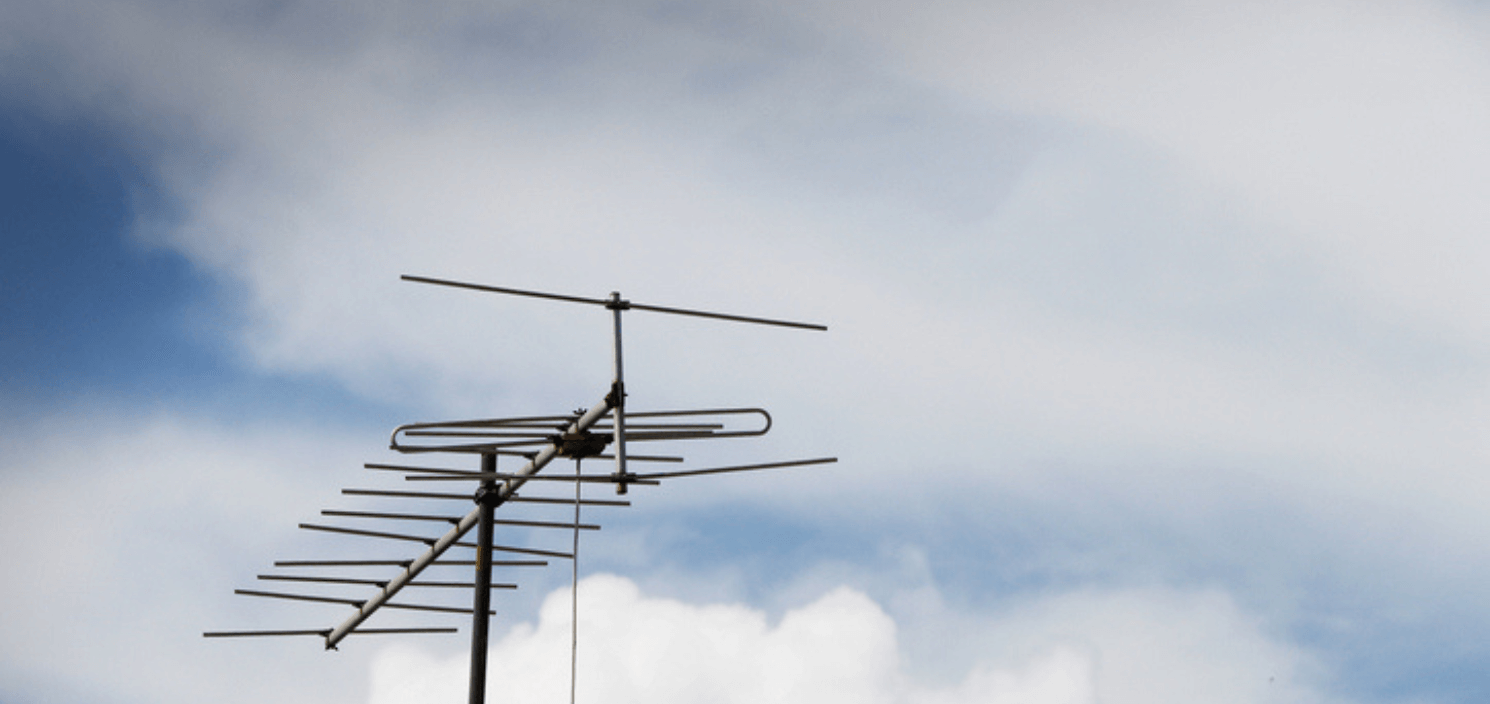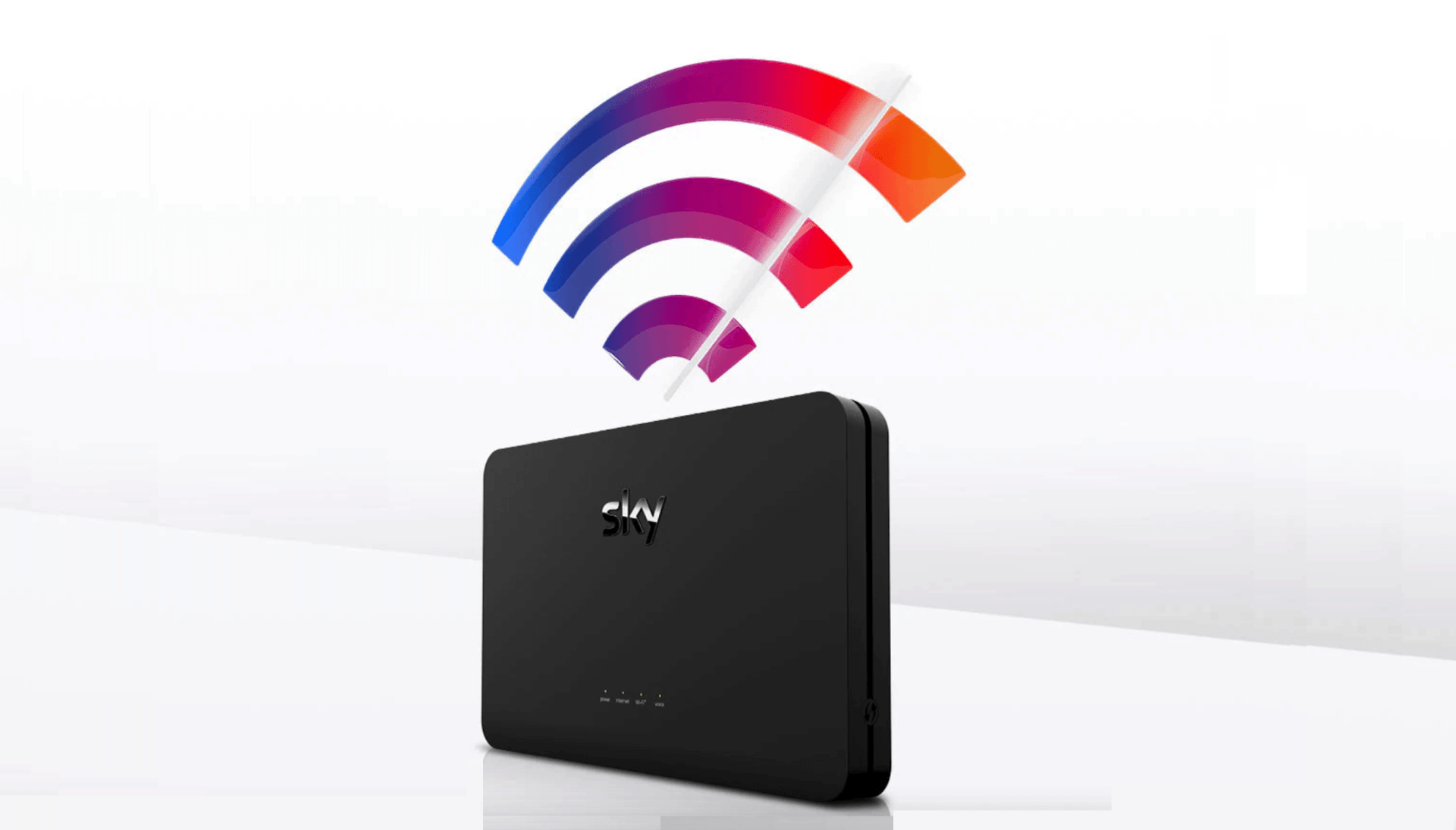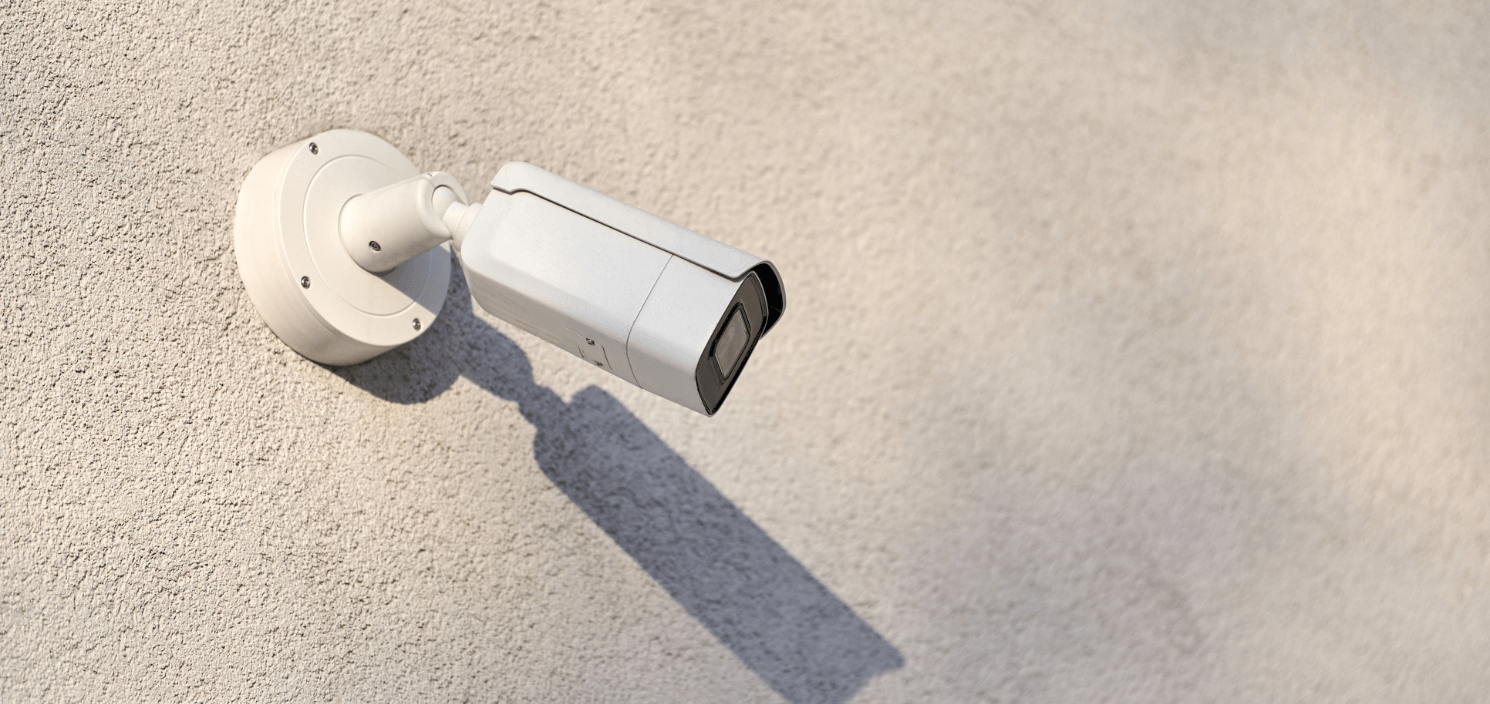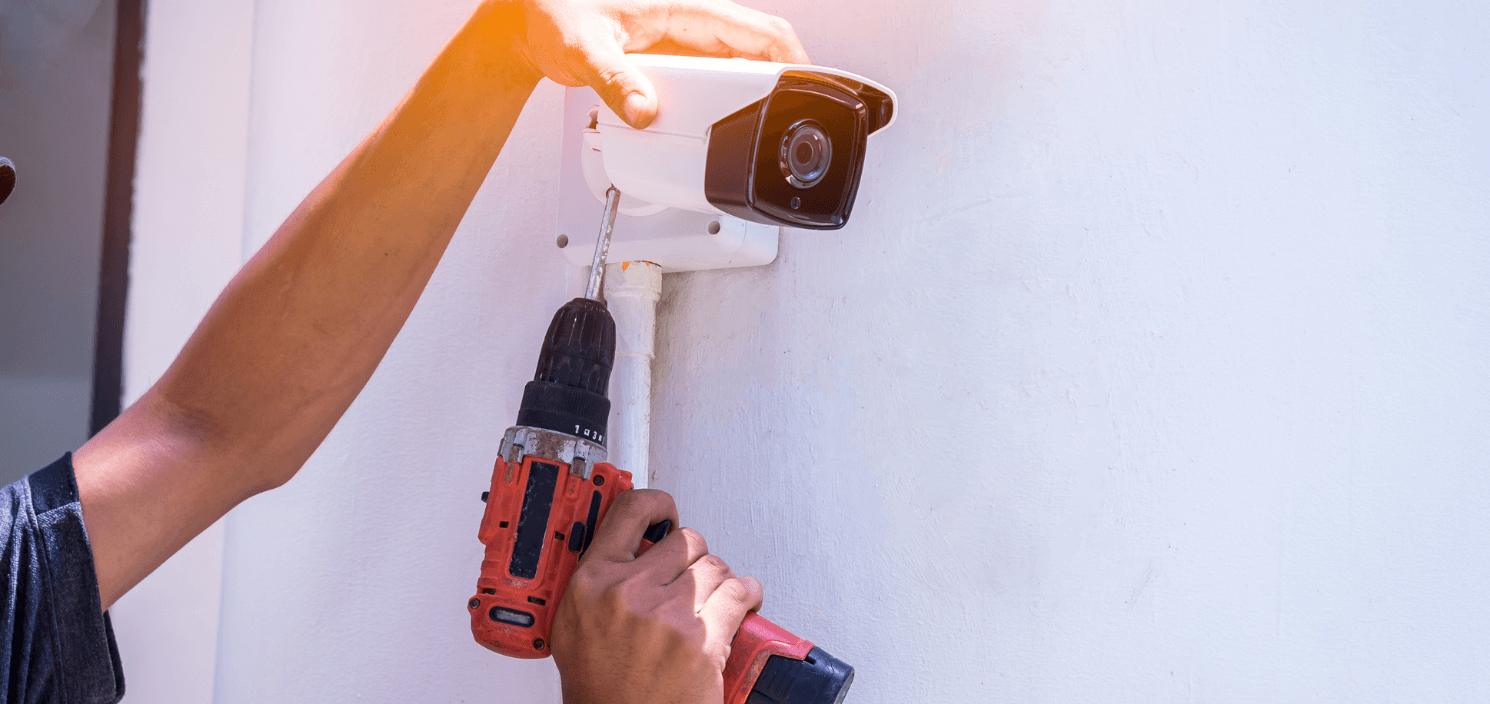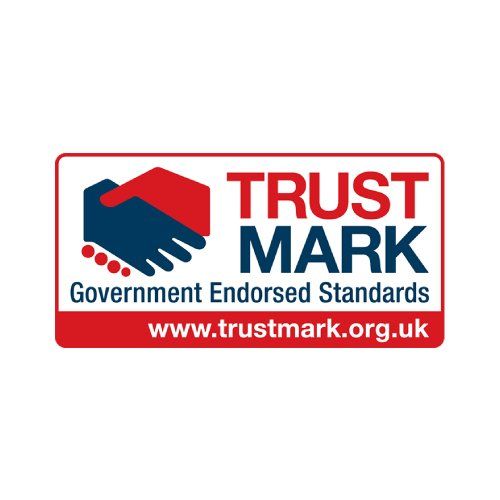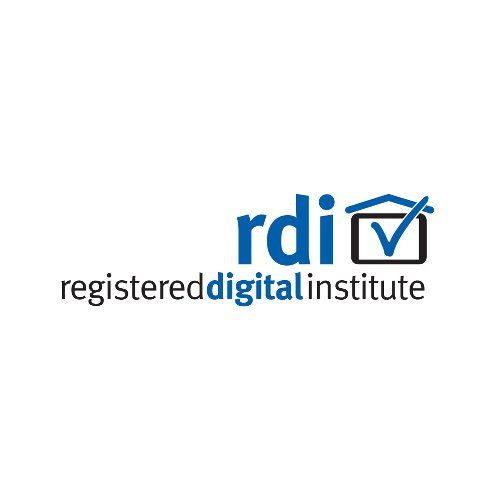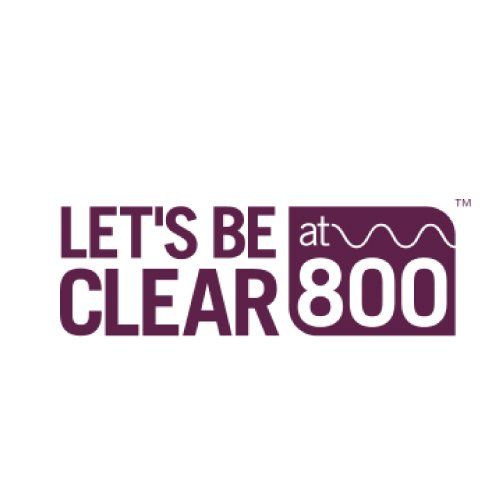Most Commercial CCTV Installations Miss This One Thing – Don’t Make the Same Mistake
CCTV has become a must-have for businesses, but many commercial CCTV installation projects fall short of their purpose. It’s not because of poor camera quality or lack of coverage. The issue is often one simple oversight: no one checks how footage will be used when it matters.
You can have crystal-clear 4K video, night vision, and multiple angles. But if the system isn’t aligned with how your business operates day-to-day, you may still face gaps, delays, or difficulties when reviewing footage.
What Most Commercial CCTV Systems Miss
The biggest mistake? Installing cameras without thinking about how footage will be accessed, retrieved, or reviewed in real scenarios.
Think about it:
- Who will need to access the footage, and how quickly?
- Is the footage stored locally, or in the cloud?
- Do you have a plan for reviewing footage after an incident?
- Is everything compliant with data protection rules?
Too often, systems are installed with no clear chain of access. And when something happens, a break-in, a dispute, a safety incident, no one knows how to find what they need in time.
Planning Beyond the Camera
A smart commercial CCTV installation starts with goals. Is it to deter theft, monitor high-traffic areas, or create a clear audit trail? Each use case requires different camera types, placements, and storage setups.
Just a few examples:
- Loading bays need wide-angle views and motion alerts
- Office environments benefit from discreet, indoor dome cameras
- Car parks may need ANPR (Automatic Number Plate Recognition) and infrared
It’s not only about what the camera sees. It’s also about how it fits into your daily operations.
Think About Who Needs Access
Access planning directly impacts how quickly and effectively your business can respond to events. In busy commercial environments, you may need multiple people across different departments to view and manage footage. For example, your facilities team might need access to live feeds for site management, while HR might only require access to archived footage when investigating internal incidents.
Role-based access control helps you set appropriate levels of visibility. It also ensures sensitive footage doesn’t fall into the wrong hands. Implementing audit logs and user permissions is just as important as camera angles. These features also support compliance and internal governance, especially in regulated industries.
Make sure the right people have appropriate access to live and recorded footage. Avoid creating bottlenecks by relying on outdated systems or limiting access to a single location or user.
A modern system should allow authorised users to:
- Log in remotely
- Review recordings from mobile devices
- Save and share relevant clips quickly
At Cube Communications, we help clients set up secure, user-friendly systems that work for everyone. That includes facilities teams, HR, and compliance officers.
Getting the Placement Right for CCTV Installation
Even the best camera will fail if it's pointed at the wrong spot or blocked by a physical object. Placement decisions should be made in tandem with lighting, traffic flow, and specific risks relevant to each area of your site. For example, entry points, loading docks, and reception areas often require different focal lengths, resolution settings, and mounting heights.
Avoid placing cameras where they’re easily tampered with or exposed to the elements unless they’re designed for outdoor use. Think about seasonal changes too such as glare from the low winter sun which can reduce visibility if not considered during installation planning.
Poor camera placement is another common problem. Cameras need clear lines of sight, proper lighting, and smart angles that avoid blind spots.
Before installing anything, walk the site. Check what’s visible from each location. Consider environmental factors like glare, shadows, weather exposure, or high footfall.
Don’t Forget Storage And Retention
Storage is often underestimated. You’ll need enough space to store footage for as long as your policy (or legal requirement) dictates typically 30 days or more for commercial spaces.
Ask yourself:
- Is storage secure and backed up?
- Is the system scalable if you add more cameras?
- How easy is it to retrieve footage weeks after an incident?
Cloud-connected systems can make storage and retrieval much easier, especially if you manage multiple locations.
A Smart Install Avoids Costly Mistakes
A professional commercial CCTV installation isn’t just about putting up cameras. It’s about designing a system that fits your site, supports your team, and keeps your business covered when it matters.
At Cube Communications, we:
- Plan coverage based on risk, not guesswork
- Choose camera types to suit your goals
- Set up secure, accessible storage
- Ensure compliance with UK data protection laws
- Provide ongoing support when things change
FAQs About Commercial CCTV Installation
How long should businesses store CCTV footage?
In the UK, businesses typically store footage for 30 days, though some sectors may require longer retention for compliance or investigation purposes.
Can employees request to view CCTV footage?
Yes, under data protection law, employees can submit a subject access request to view footage where they appear. The business must respond within a set timeframe.
What happens if I need to add more cameras later?
Scalability should be part of the initial plan. A well-designed system will allow for extra cameras and storage without major changes.
Make It Count from Day One
There’s no benefit in having a high-spec CCTV system that no one knows how to use or access. The right setup keeps people safe, protects property, and gives you peace of mind. A well-planned commercial CCTV installation supports your operations, keeps you compliant, and helps you act quickly when something goes wrong.
Learn more about commercial CCTV installation with Cube or get in touch for tailored advice on securing your site the smart way.



